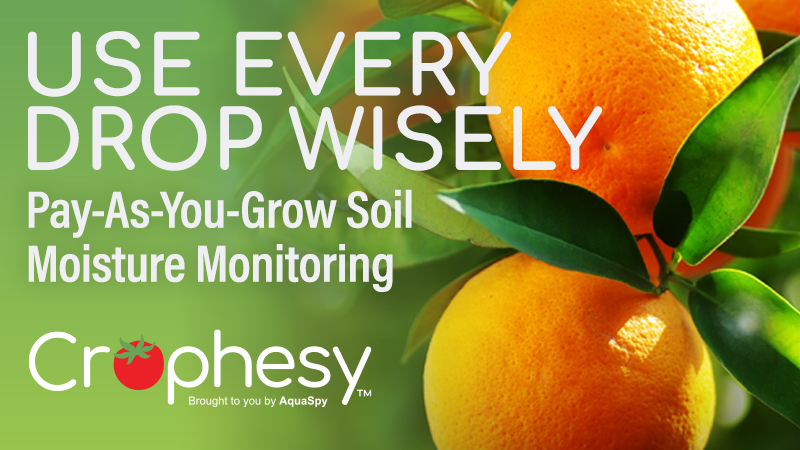What The Next Frontier Of Soil Health Might Look Like
Why is there so much interest in soil health? Because it promises a lot more than just a fertile growing media, says Paul Brierley, who heads up Arizona’s Department of Agriculture.
Brierley has spent his career in agriculture, including a 10-year stint with the Arizona Farm Bureau as Director of Organization, and as the founding Executive Director of the University of Arizona’s private-public research group Yuma Center of Excellence for Desert Agriculture (YCEDA).
I sat down with Brierley to ask him his views on why soil health has been getting a lot of attention in his part of the world. Here is a portion of that Q&A.
What are some of the soil-health challenges in the Southwest?
Paul Brierley: Most of the soil-health research and soil-health products are really from the Midwest. They bring them out here and say, “Hey, you ought to use this.”
But we’ve got a lot of different soils from the Midwest out here. A lot of different climate conditions. It’s hot, hot, hot soil, and the [beneficial] bugs don’t always survive.
So there’s a lot of research, some of it through the[YCEDA. They have a new thing called the DASHI. It’s the Desert Agriculture Soil Health Initiative, and they’re working with University of Arizona soil-health researcher Dr. Joey Blankinship.
They’re trying to quantify what is healthy soil. And once you do that, then you can measure the impact that different practices have, or different products.
Then there are some companies that I’m aware of here in Arizona doing good work. One, MyLand, has the ultimate aim to ramp up native algae in the soil. They take soil samples from your farm, take them to their lab, and grow different forms of algae that are in [the samples]. They select the ones that have the best attributes for their system, and intensely grow this algae that was native to your farm.
And then they feed it into the irrigation system. Now you’re super charging the soil with native algae that should be able to survive because it’s native. And that helps with nutrient availability. It helps increase soil organic matter, so you have more water holding capacity. They’re seeing really good results with that.
Another is a liquid natural clay. A Norwegian company [Desert Control] has found a way to turn clay into a liquid product that they apply to the soil. You can put that on pure sand, and it becomes more like healthy soil with water retention capabilities.
Then there’s work on biochar and things like that. So there are a lot of efforts.
The biggest takeaway is, in the desert climate, the products that are claiming to provide soil health don’t necessarily do that. So there’s just a lot of research going into how do you quantify what is soil health and how do you get there in the desert climate?

Paul Brierley, Director of the Arizona Department of Agriculture, delivered the keynote speech during the 2024 BioSolutions Conference & Expo in Visalia, CA.
Photo by Julie Hullett
A couple of years ago, a researcher told me that soil is kind of the final frontier when it comes to agriculture. Why would that be?
Brierley: Well, I personally wouldn’t say final frontier, because we don’t know what else is going to come along. But I think it’s the next frontier.
Some of the early research we looked at at YCEDA was trying to non-destructively monitor root growth and the root structure, because what’s going on under the ground is every bit as important as what’s going on above the ground. Not to get philosophical, exactly, but you don’t see it, right? You see the plant above ground. But it turns out what’s going on below ground is just as important. And then there’s really not many good ways to track it without destroying, without picking the plant and looking at it.
For more, click here to continue reading the full article as part of our special report on Soil Health.
In addition, check out the previous reports in Meister’s Global Insight Series covering a range of topics from Irrigation Innovations to Agricultural Technology.









